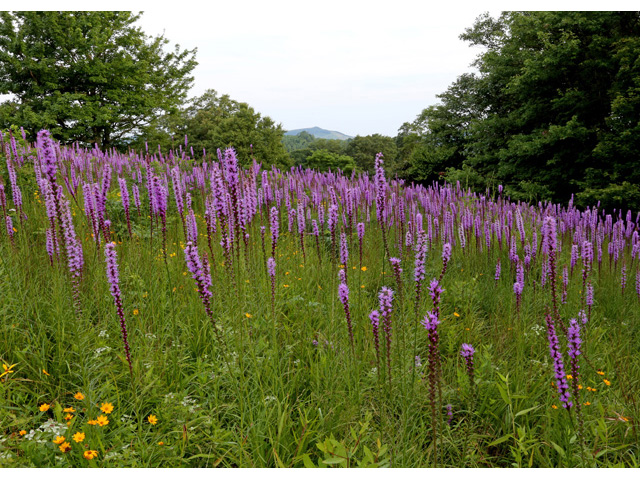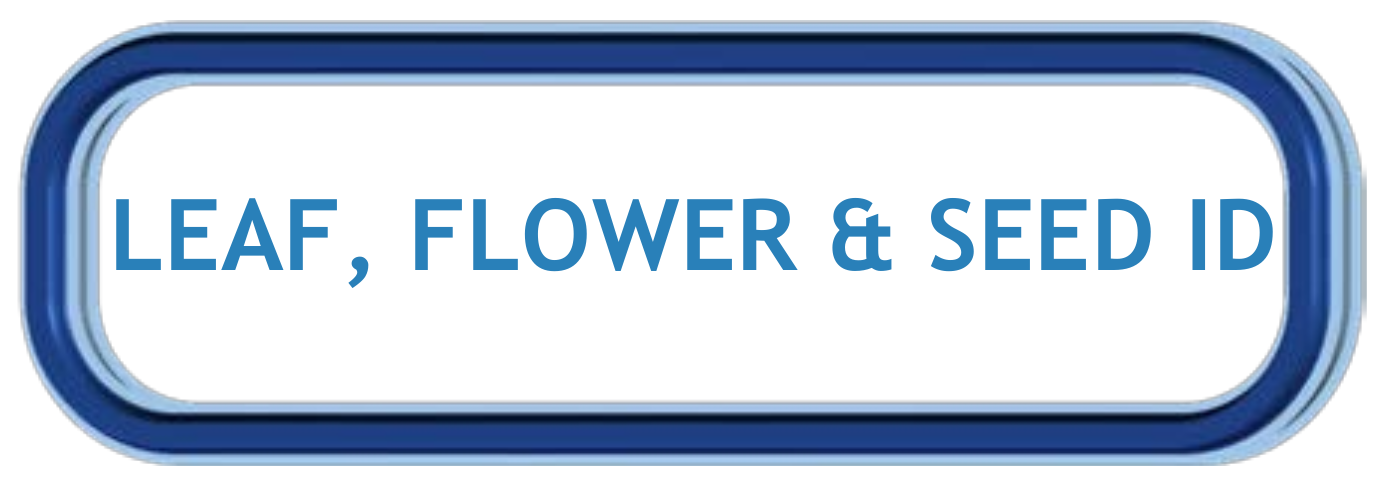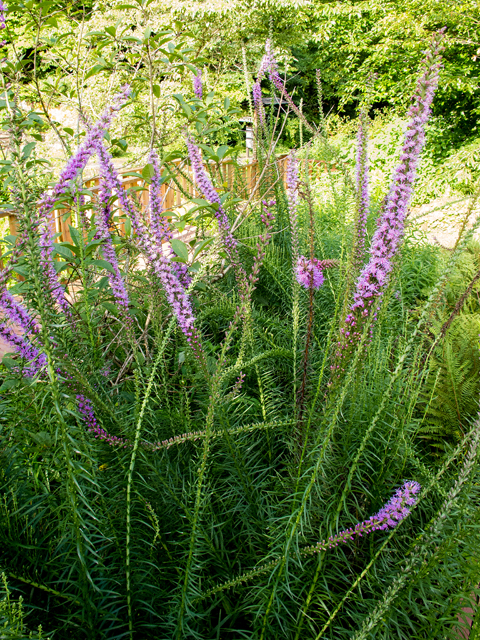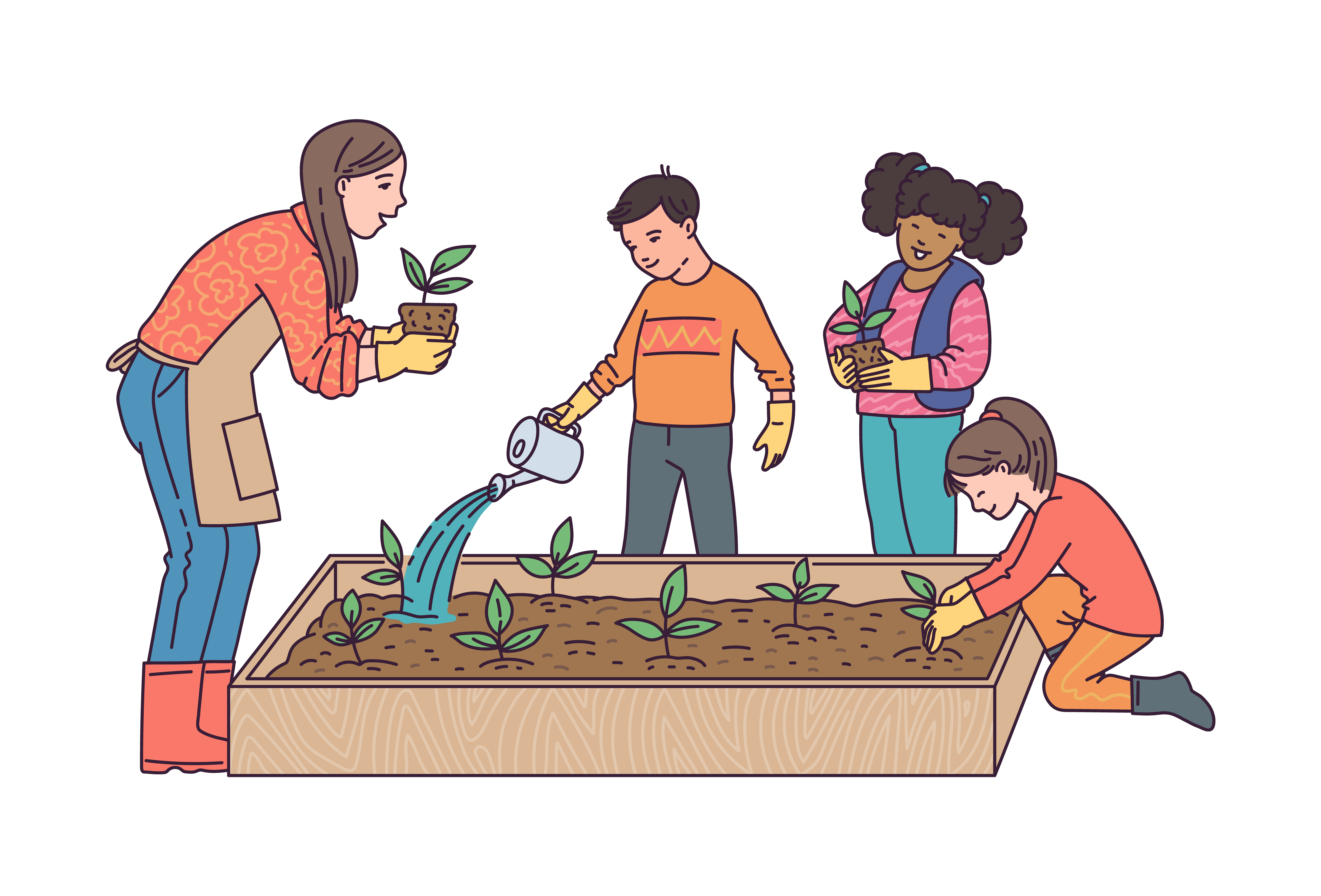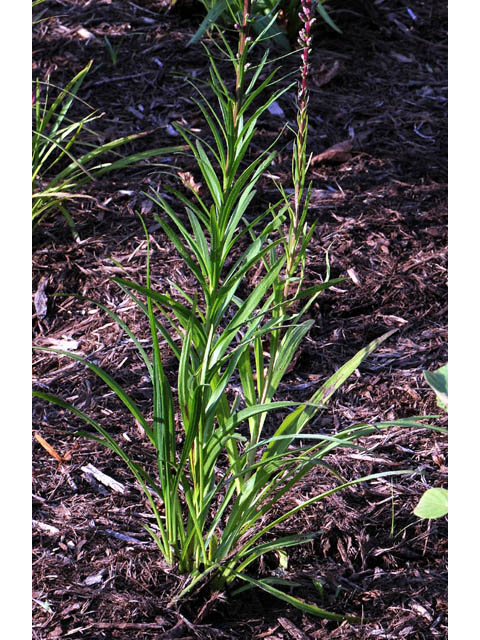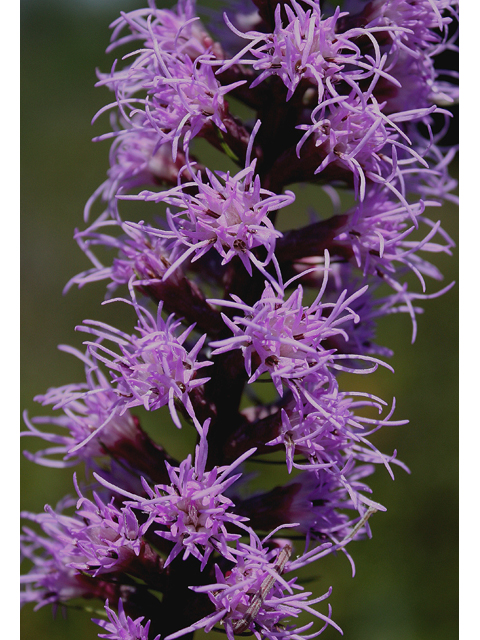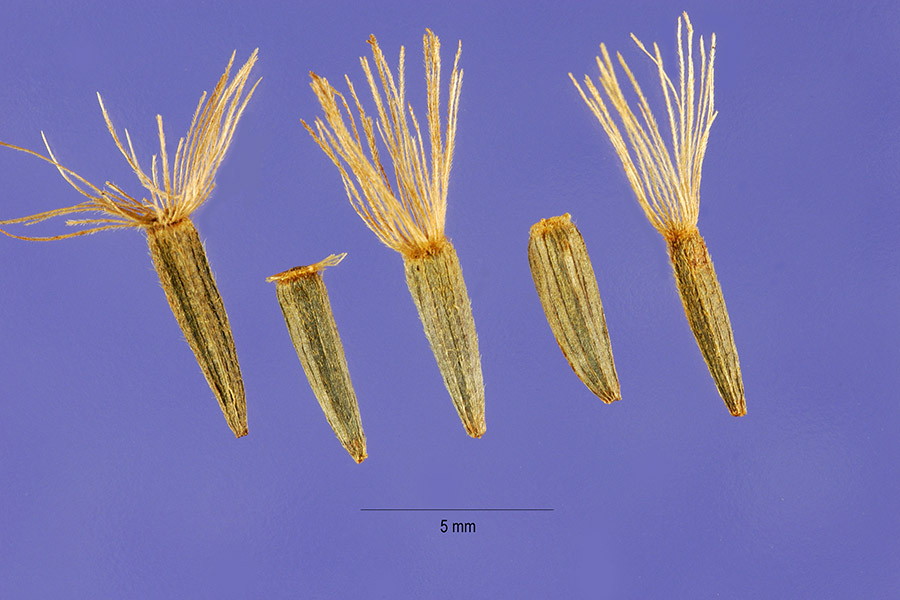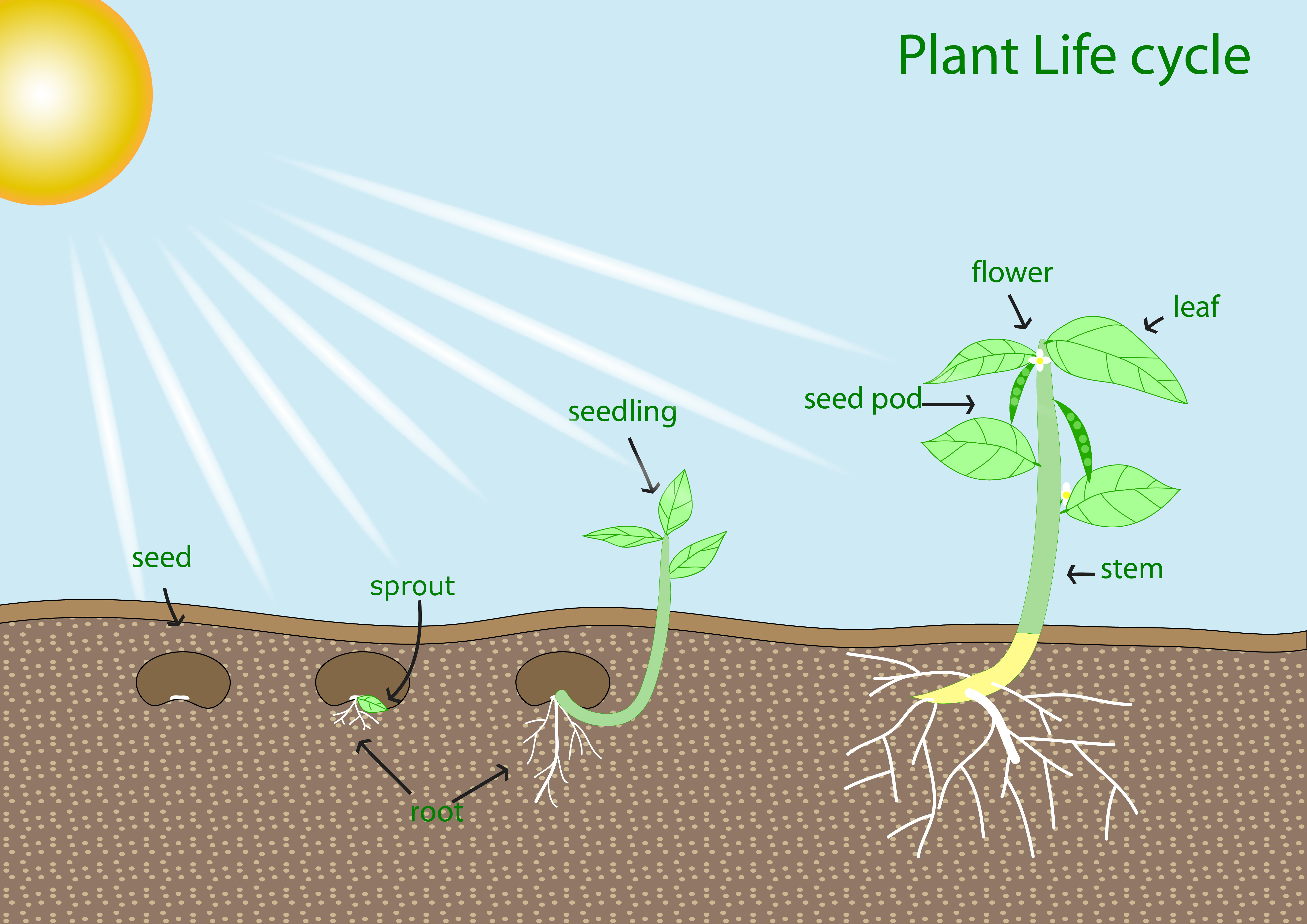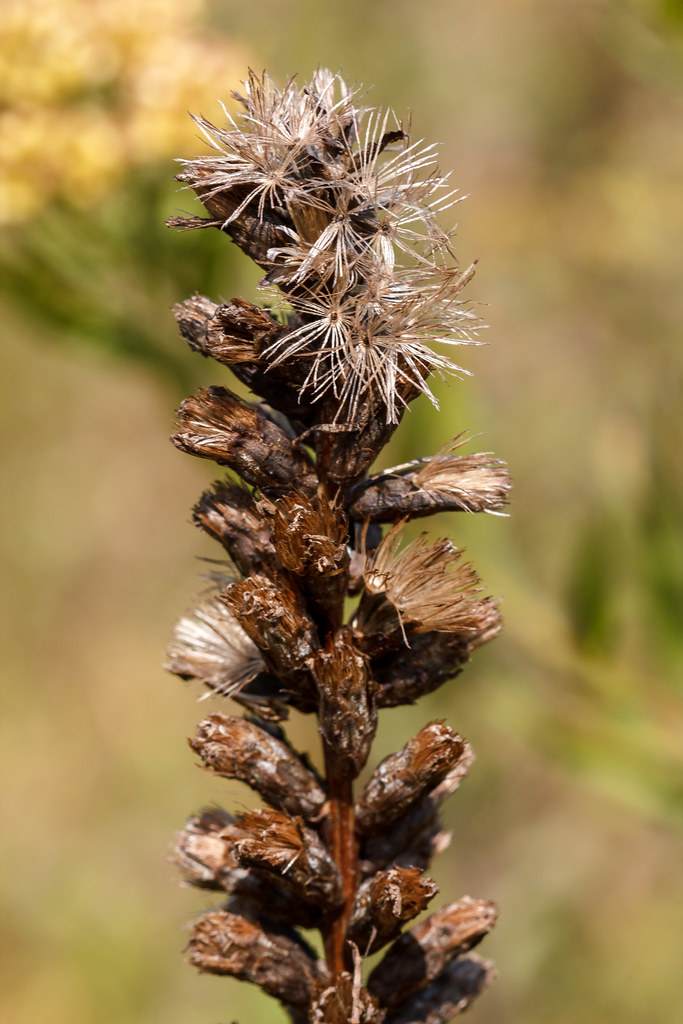Dig into Plants: Dense Blazing Star
Dense Blazing Star Other Common Names: Dense Gayfeather, Dense Liatris, Marsh Blazing Star, Marsh Gayfeather, Marsh Liatris Scientific Name: Liatris spicata Native to Alabama: Yes Alternate Native Species: Prairie Blazing Star (Liatris pycnostachya) |
|
Lady Bird Johnson Wildflower Center Will Stuart Click on image to enlarge it |
Learn more about...
| Ecological Benefits |
| This plant provides food for: | |||
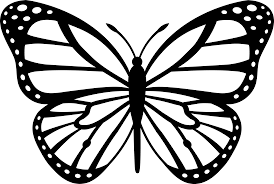 |
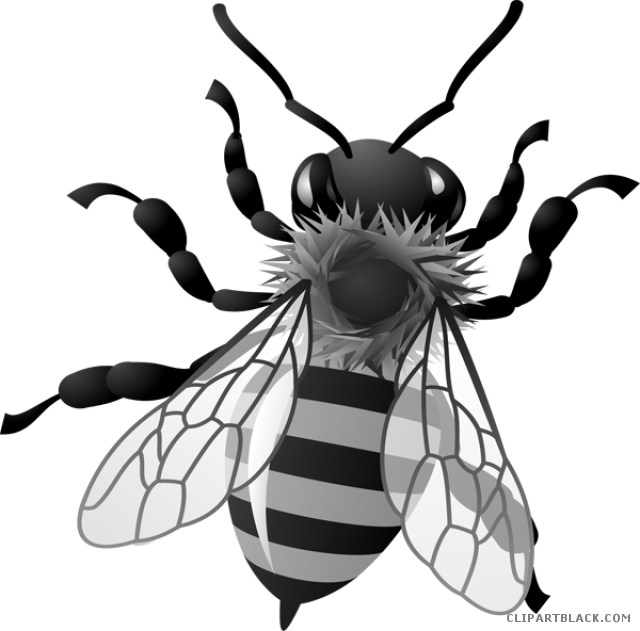 |
 |
 |
| Butterflies | Native Bees | Hummingbirds | Other Birds |
| Other Plants Found in Alabama with Similar Ecological Benefits: |
||||||
| Tall Blazing Star (Liatris aspera) |
Dwarf Blazing Stars (Liatris cylindracea) |
Pink-scale Blazing Star (Liatris elegans) |
||||
|
|
|
|||||
| Large Blazing Star (Liatris scariosa) |
Scaly Blazing Star (Liatris squarrosa) |
|||||
|
|
|
|||||
| Habitat Requirements | |||
| This plant prefers: | |||
|
(6+ hours of sun per day) |

Prefers moist or wet soil at all times |
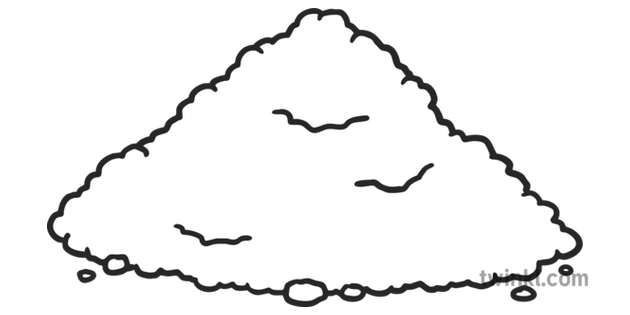 Well-drained, Acidic, Well-drained, Acidic,or Moist Soil |
|
| Leaf, Flower & Seed Identification | ||||
| LEAF DESCRIPTION |
Lady Bird Johnson Wildflower Center
James L. Reveal Click on image to enlarge it |
|||
| Leaf Characteristics Chart (PDF) | ||||
| Shape: Cordate |
Margin: Entire/Smooth |
Arrangement: Alternate |
Form: Simple |
|
|
|
|
|
|
|
| Description: | ||||
| Grass-like leaves are up to 12 inches long and clump towards the base of the plant, but extend upward to a showy flower cluster; basal leaves are alternate and form a rosette and are larger; stem leaves gradually decrease in size toward the top | ||||
| FLOWER DESCRIPTION |
Lady Bird Johnson Wildflower Center
R. W. Smith Click on image to enlarge it |
||
| Flower Shapes Chart (JPG) | |||
| Color: Purple |
Shape:
Tubular |
Bloom Months: Jul - Sep |
|
| Description: | |||
| Flowers are produced in heads that are arranged in dense spikes (6 – 12 inches long) at the ends of stalks; the heads are rounded, fluffy, and grow directly from the stalk; each head has 5-8 tubular disk florets (tubular, fertile floret that forms disk); one or more flower stalks arise from base of plant | |||
| SEED DESCRIPTION |
USDA-NRCS PLANTS Database
Steve Hurst Click on image to enlarge it |
||
| Type: Fruit - Dry Seed Pod |
Description: Fruit has crown of bristles |
Months in Seed: Summer - Fall |
|
| Plant spreads by: | |||
| Seeds and Rhizomes/ Tubers/ Roots & Shoots Easy to establish by seed; can also spread via underground roots |
|||
|
|
|||
ADDITIONAL RESOURCES FOR TEACHERS
| Quick Fact Sheet (Condensed Species Info) |
Plant ID Sign: Ready as-is PDF |
Plant ID Sign: Editable Word Doc |
QR Code (Links to this Webpage) |
INFORMATION SOURCES FOR THIS PLANT
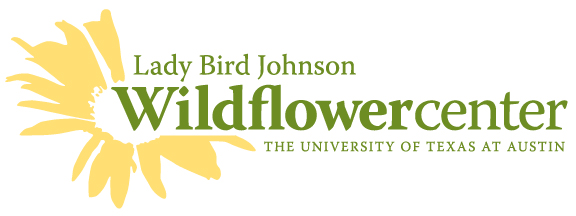 |
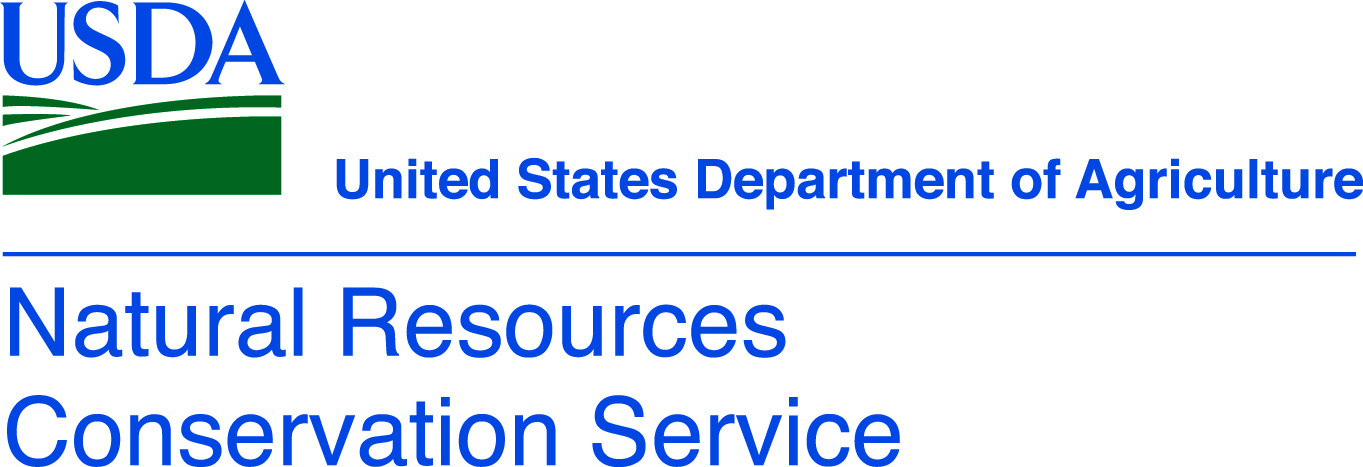 |
|
|
|
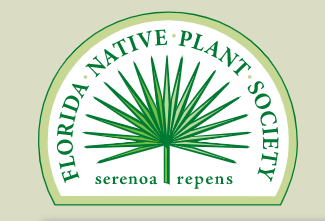 |
|
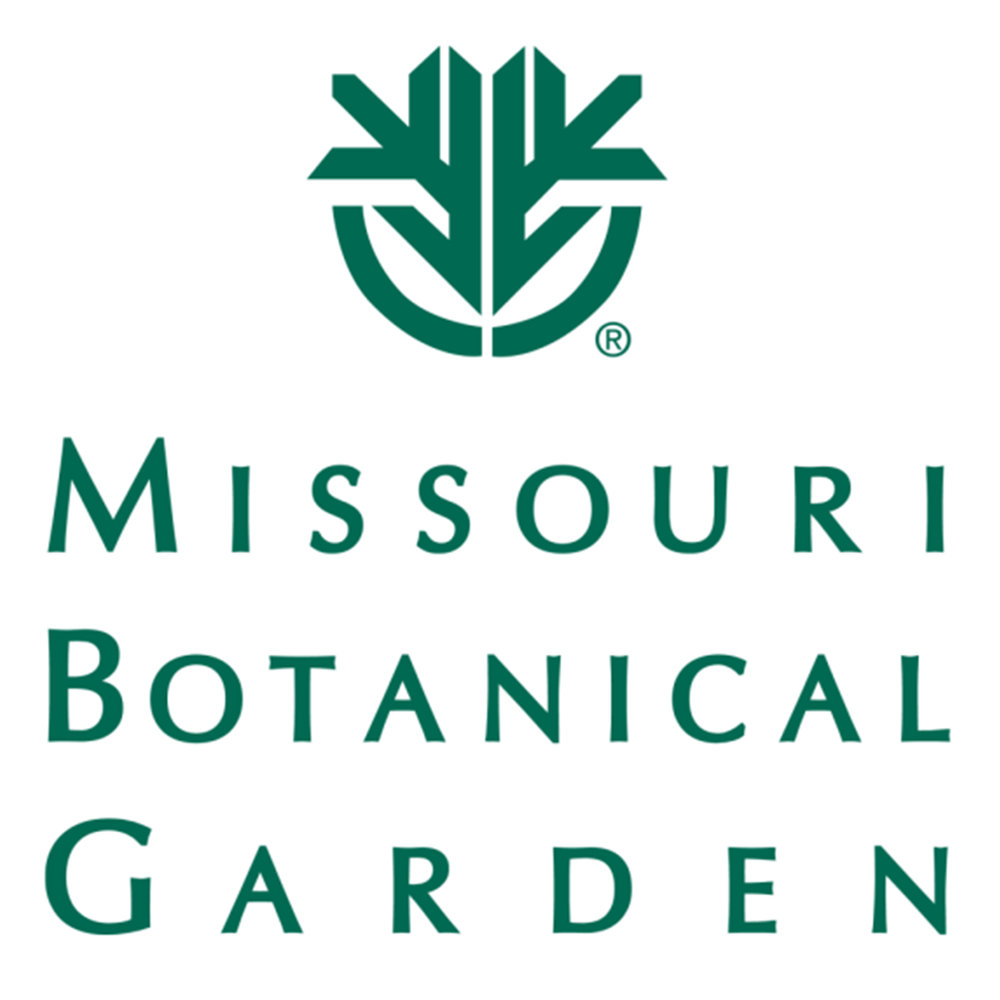 |
|
 Wildlife Tag
Wildlife Tag
